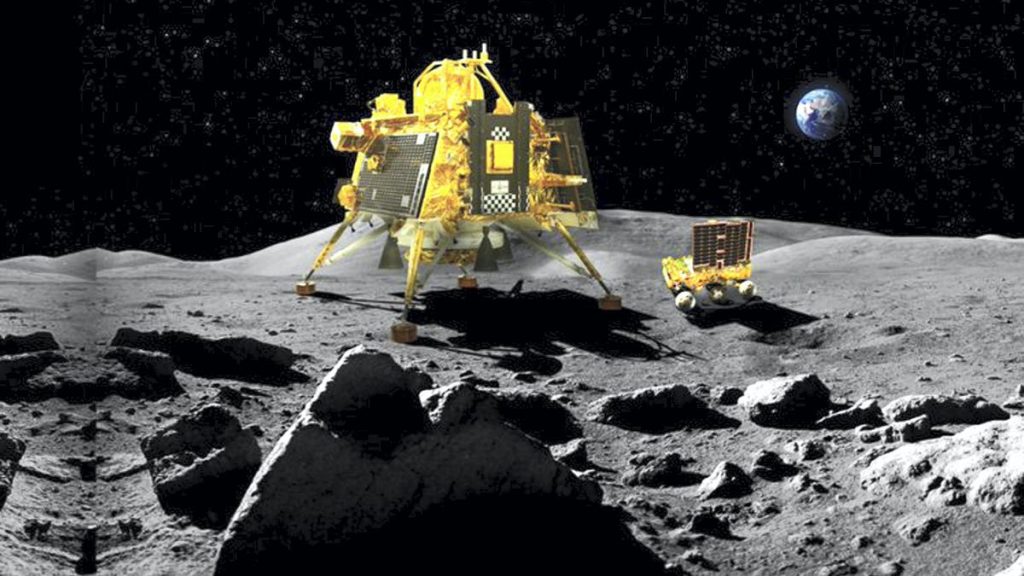Chandrayaan-2 Achieves Another Success: The Moon Orbiter of India’s Chandrayaan-2 mission has made a significant discovery, identifying over 1400 mysterious solar flares with slow intensification. These solar flares, known as solar flares, occur when the Sun’s magnetic field lines intersect. They sometimes eject energetic particles into interplanetary space, including high-energy protons that can impact space systems and pose radiation risks to humans in space. The majority of these flares are rich in high-energy protons, influencing space systems and significantly increasing radiation hazards for humans in space.

Solar flares are energy explosions that occur when the Sun becomes active. They are occasional events that occasionally propel energized particles into interplanetary space. Most of these particles are high-energy protons that affect space systems and contribute to increased radiation risks for humans in space. These flares, if intense, can even affect basic infrastructure such as power grids and communication systems on Earth.
The Chandrayaan-2 lunar orbiter, over the course of three years, has successfully identified more than 1400 slowly intensifying solar flares. This discovery adds a crucial dimension to the solar physics community’s understanding of these events. Contrary to previous assumptions that most solar flares intensify rapidly before slowly diminishing, this research reveals that not all solar flares follow this pattern.
Arvind Bharti Valluvan, leading the research team from the University of California, San Diego, highlighted that they took a different approach by not focusing on rapidly intensifying flares. Instead, they adopted a more general perspective. The findings indicate that many slow-intensifying flares constitute a non-significant subgroup, collectively contributing only a quarter to the overall phenomenon. Therefore, there is a need for further study of these slow thermal flares, as our current understanding of them is quite limited.
This groundbreaking research sheds light on the diverse nature of solar flares and emphasizes the necessity of studying slow thermal flares for a more comprehensive understanding of these solar phenomena. The Chandrayaan-2 mission continues to contribute significantly to advancing our knowledge of space and the Sun’s behavior, marking another milestone in India’s space exploration journey.
Read more: IDBI Recruitment 2024: Massive Hiring for JAM Positions, Read All About the Vacancy
